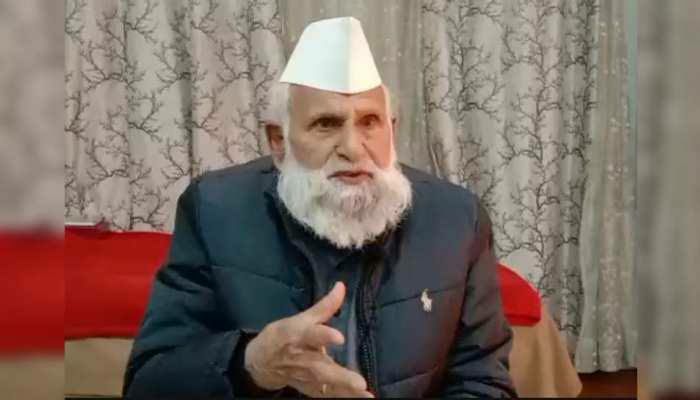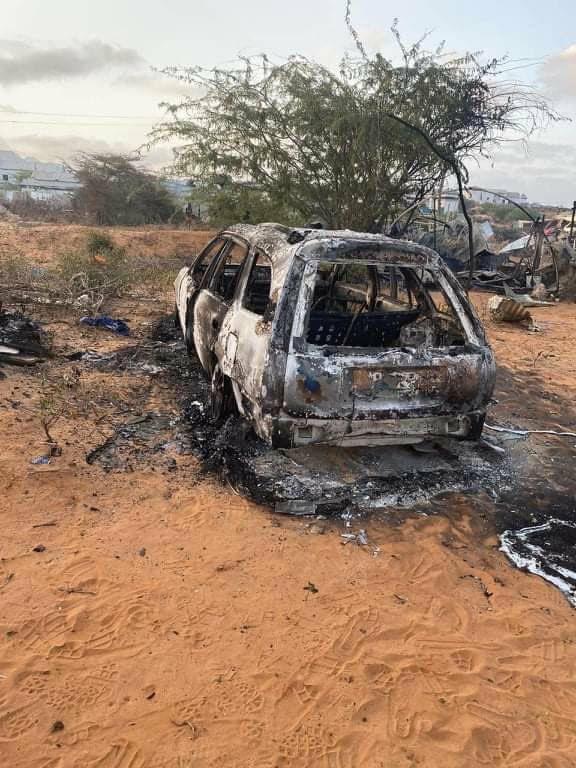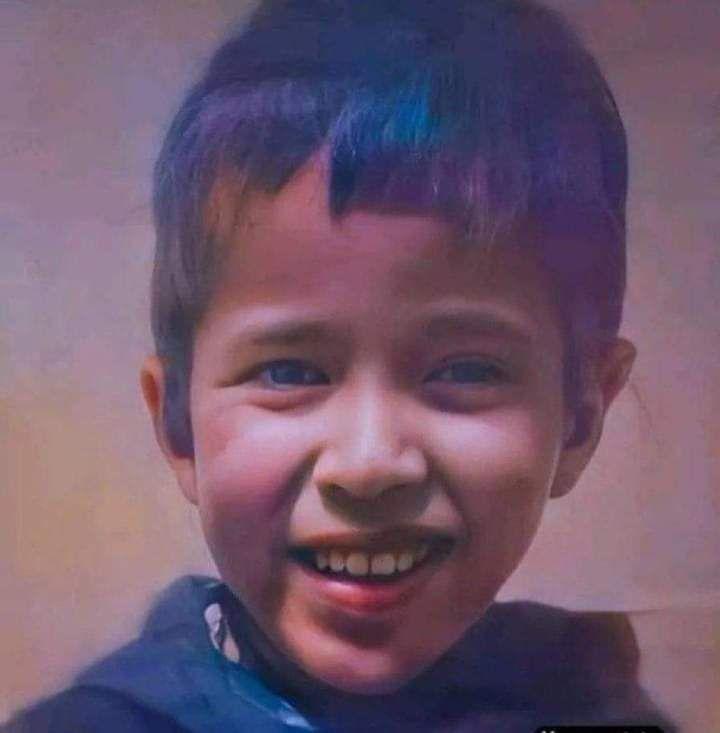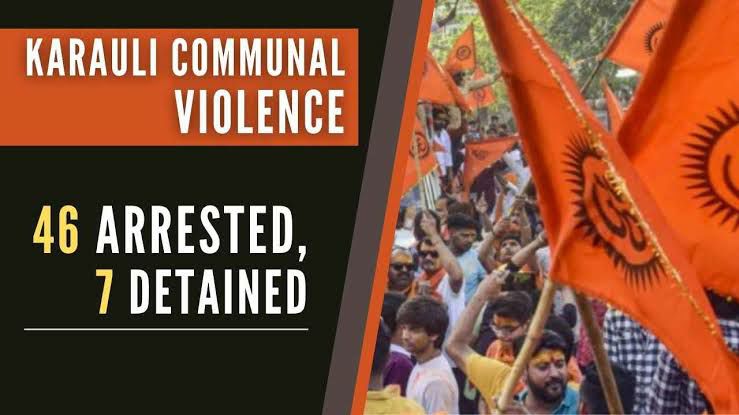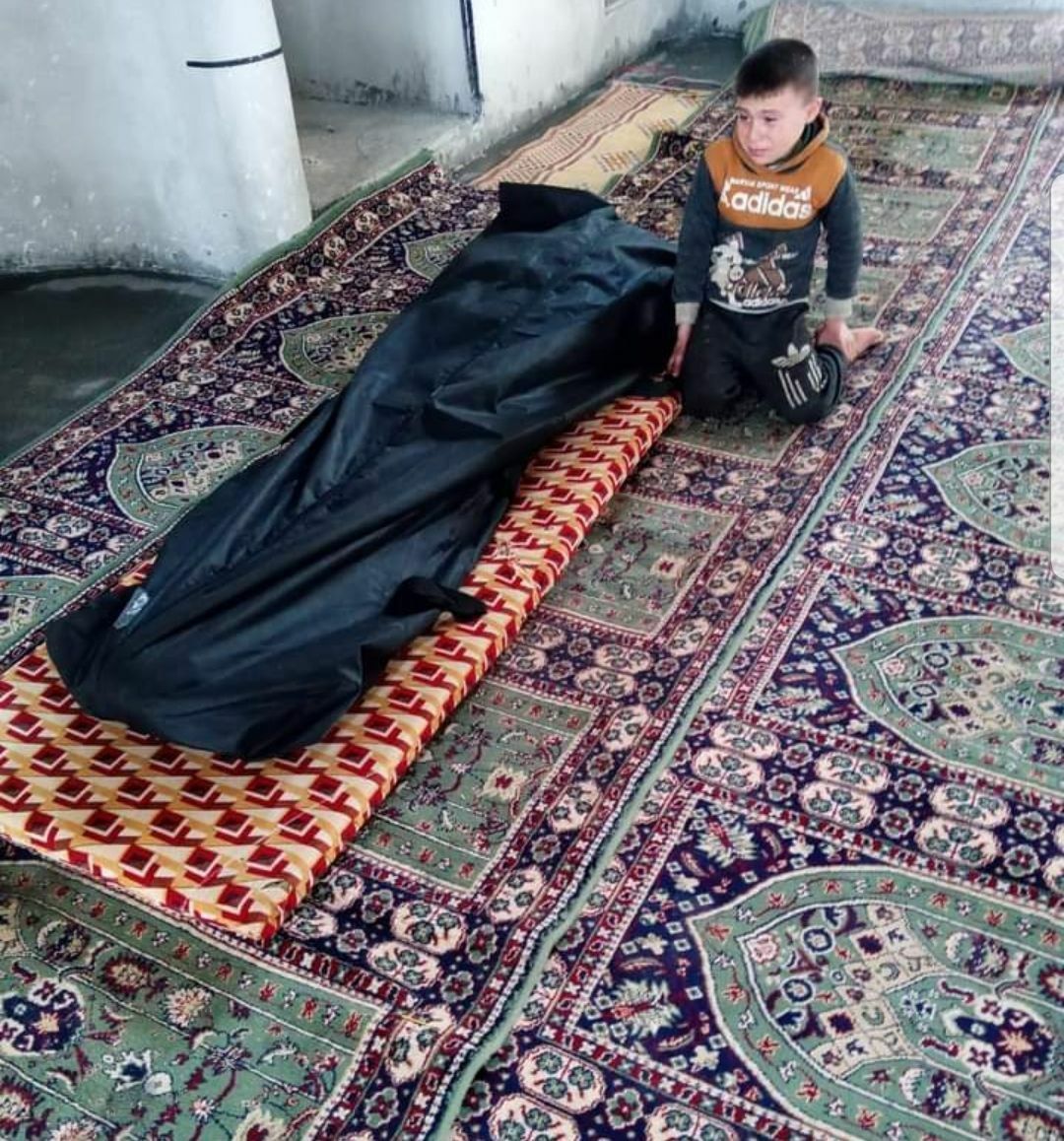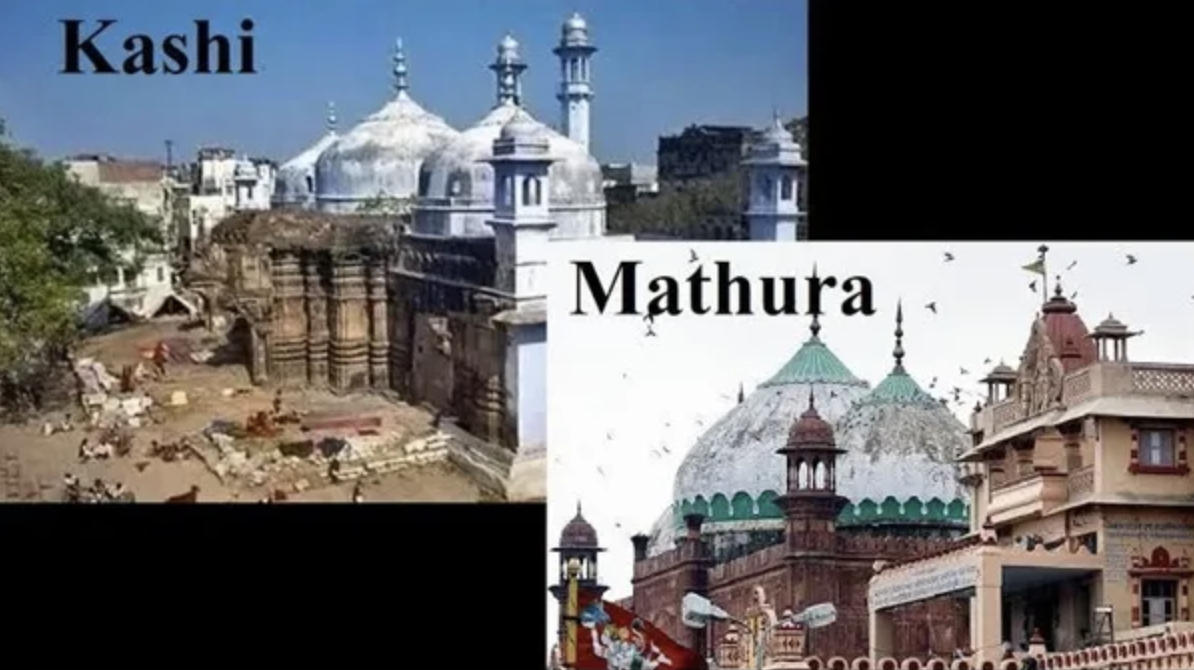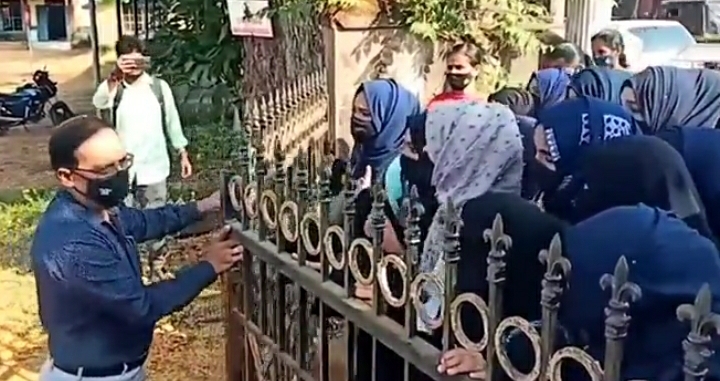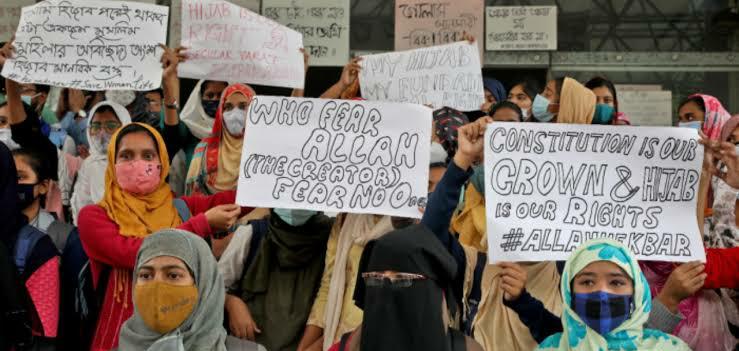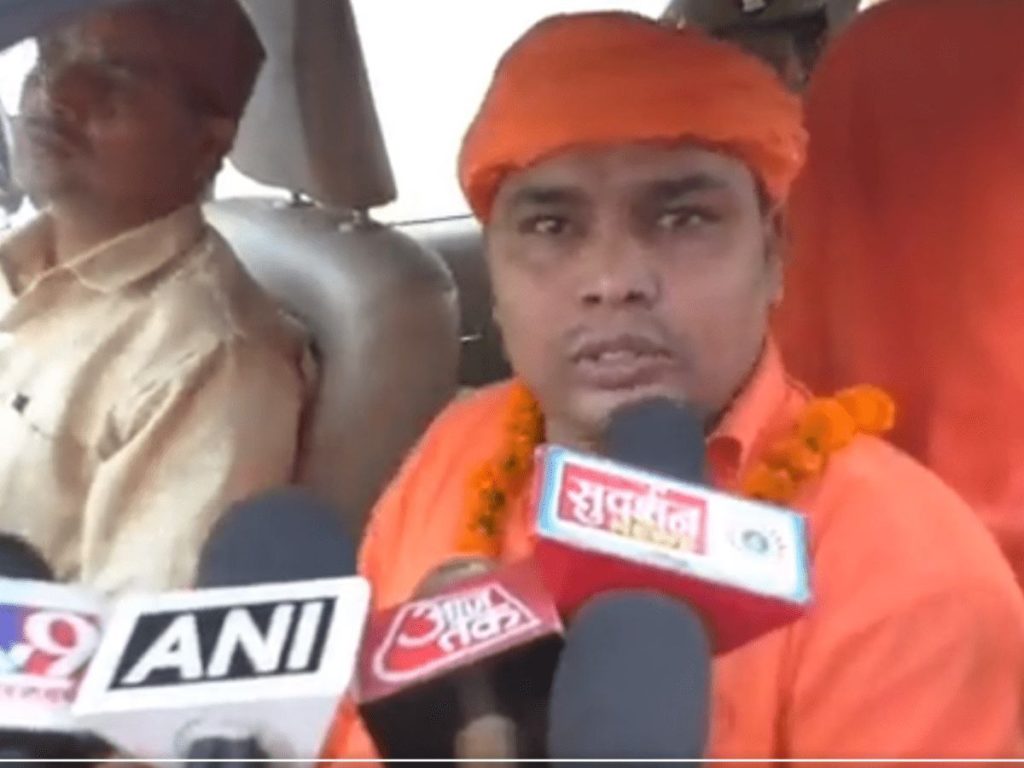….I could do nothing to help my daughter from being sexually assaulted and tortured to death. My daughter was like a flower, still to experience life. Why did they have to do this to her? What kind of men are these? The monsters tore my beloved daughter to pieces. After a while, the mob was saying cut them to pieces, leave no evidence. I saw fires being lit. After some time the mob started leaving. And it became quiet”, ‘Madeena’ a mother of a victim told the reporters.
By Akhlad Khan – Twitter: @BaawaNaved
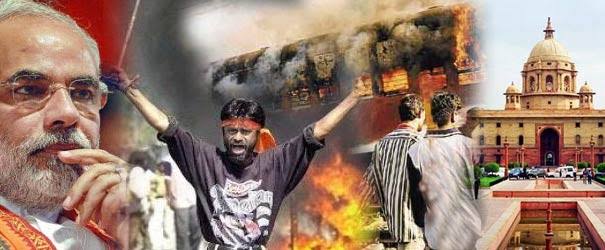
Large-scale communal violence erupted in the Indian state of Gujrat in February and March 2002 after the burning of the passenger train ‘Sabarmati Express’ in Godhra. Official figures say the riots resulted in the deaths of 790 Muslims and 254 Hindus, however, the unofficial figure alleged to above 2000 deaths. Prime Minister Narendra Modi was the chief minister of Gujrat at the time.
Sabarmati Express was carrying cadres (karsevaks) of the Hindu right from Ayodhya, where they had gone to express their vigorous support for building a Ram temple at the site where the Mosque ‘Babri’ was demolished in 1992.
At Godhra an altercation apparently took place between Hindu activists and some Muslim boys serving tea at the train station. As the train began moving after its scheduled stop at the station, the emergency cord was pulled. As a result, the train stopped and was attacked by a violent mob. Two carriages were reportedly burned, and the firefighting efforts hampered. The fire killed 58 passengers, including many women and children.
Blaming Muslims for starting the fire, Hindu mobs went on a rampage, attacking Muslim neighbourhoods and destroying their property. A horrible massacre followed in many parts of the state. Hindu mobs torched Muslim homes and businesses, killed Muslim men, women and children, and erased mosques and graves. Instead of isolating the criminals who attacked the train and punishing them, the state government allegedly allowed killings of Muslims.
Over a thousand lives, possibly many more, were lost over the next few weeks. According to ‘The Print’ media report, Over 100,000 Muslims were pushed into the state’s ramshackle refugee camps, where basic amenities were minimal and living conditions abysmal.
As reported by Tribunal, women suffered the most bestial forms of brutality and sexual violence, including rape, gang rape, insertion of objects into their bodies, stripping, and molestation. A majority of the women who suffered this violence were then burnt alive.
Bilkis Bano was one of the few rape survivors, 12 men took turns to rape Bano, despite her being five months pregnant. Neither did they show any mercy to her cousin, Shamim, who had given birth a day earlier and was forced to watch as the men butchered her new-born child. The men murdered all of the 14 family members accompanying Bano that day, raping eight of the women in the process. “Since I’d lost consciousness, they left me on the road, probably assuming I was dead”, Bano said.
“My mind was seething with fear and fury. I could do nothing to help my daughter from being assaulted sexually and tortured to death. My daughter was like a flower, still to experience life. Why did they have to do this to her? What kind of men are these? The monsters tore my beloved daughter to pieces. After a while, the mob was saying cut them to pieces, leave no evidence. I saw fires being lit. After some time the mob started leaving. And it became quiet”, ‘Madeena’ a mother of a victim told the reporters.
Bilkis Bano was one of the few rape survivors, 12 men took turns to rape Bano, despite her being five months pregnant. Neither did they show any mercy to her cousin, Shamim, who had given birth a day earlier and was forced to watch as the men butchered her new-born child. The men murdered all of the 14 family members accompanying Bano that day, raping eight of the women in the process. “Since I’d lost consciousness, they left me on the road, probably assuming I was dead”, Bano said.
“I think the state government and the police were all complicit in the crime, because the accused were given full freedom to rape and pillage,” Bano adds.
On April 23, 2019, the Supreme Court of India finally recognised her ordeal, granting her 5 million rupees (US$72,000) in compensation along with housing of her choice, and a government job.
Apart from the killings and rapes, there were also targeted and selective economic destruction. As per a report in ‘Scroll.in’, 18,924 homes were seriously damaged, 4,954 homes completely destroyed. As many as 10,429 shops were burned, and 1,278 ransacked. Lost to arson were 2,623 hawkers’ carts; and Muslim homes, properties and businesses valued at Rs 4,000 crore were done to dust.
Religious and cultural shrines were made a special target: 285 Shrines, 240 Mosques, 36 Islamic schools, 21 temples and three churches were damaged/destroyed (totalling 649). Of these, 412 were repaired by the community themselves, though 167 remained damaged for several years.
The Chief Minister of Gujrat at that time, Narendra Modi, was accused of initiating and condoning the violence, as were police and government officials who allegedly directed the rioters and gave lists of Muslim-owned properties to them.
Over the years, the courts have convicted dozens of people for their involvement in the riots. In 2012 an ex-minister and aide to Mr Modi was jailed for 28 years.
However, In 2012, Modi was given a clear document with regards to the violence by Special Investigation Team (SIT) appointed by the Supreme Court. The SIT also rejected claims that the state government had not done enough to prevent the riots. In July 2013, allegations were made that the SIT had suppressed evidences.
In December of the same year, an Indian court upheld the earlier SIT report and rejected a petition seeking Modi’s prosecution. In April 2014, the Supreme Court expressed satisfaction over the SIT’s investigations in nine cases related to the violence, and rejected as “baseless” a plea contesting the SIT report.
Harsh Mander, a Richard von Weizsacker Fellow and chairperson of the Centre for Equity Studies, writes “The man, Narendra Modi, under whose watch, as chief minister, the gruesome pogrom unfolded, was elected triumphantly to lead the country a dozen years later, in 2014, and again with an even larger majority in 2019. The party that he led achieved in these two successive elections the first single-party majorities in India’s Parliament in decades”.
“Attempts to indict chief minister Narendra Modi for abetting the massacre by directing police officers to not act, and also inciting communal violence by spreading inflammatory statements and hate speech against Muslims, have been rejected by investigators and courts on grounds that there is no ‘prosecutable evidence’ against Modi. From a time when he was denied visas and legally barred for over a decade from entering many countries of the world due to his alleged role in the massacre of 2002, Modi has been warmly welcomed by heads of states and governments around the world after 2014 and swiftly became India’s most-travelled prime minister within his first two years in office”, Harsh adds criticizing the clear document given to Mr Modi.
“Close to 20 years later, in December 2021, when the brazen call for a genocidal killing of Indian Muslims (closed door conclave ‘Dharam Sansad’ which was organized by Hindu priests in Haridwar city of Uttarakhand state in India) has been met by a crude silence of India’s ruling political leadership, it would be wise to trace the lineage of this bloody public legacy to the Gujrat of 2002 and even further beyond”, writes Teesta Setalvad, secretary of Citizens for Justice and Peace, an organisation that provides legal aid to survivors of the Gujrat carnage of 2002.



